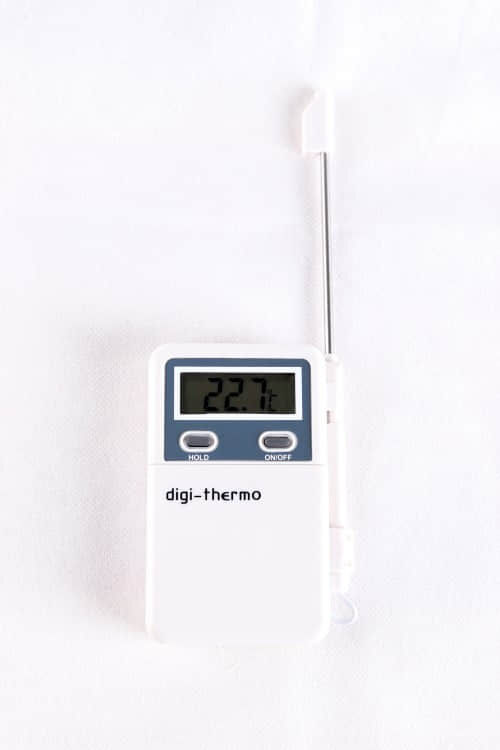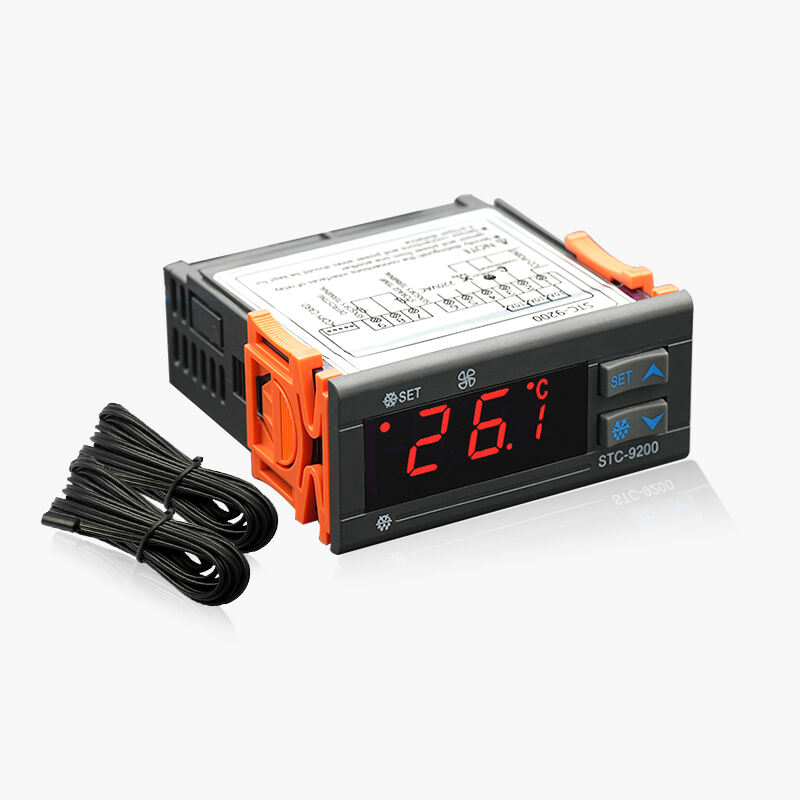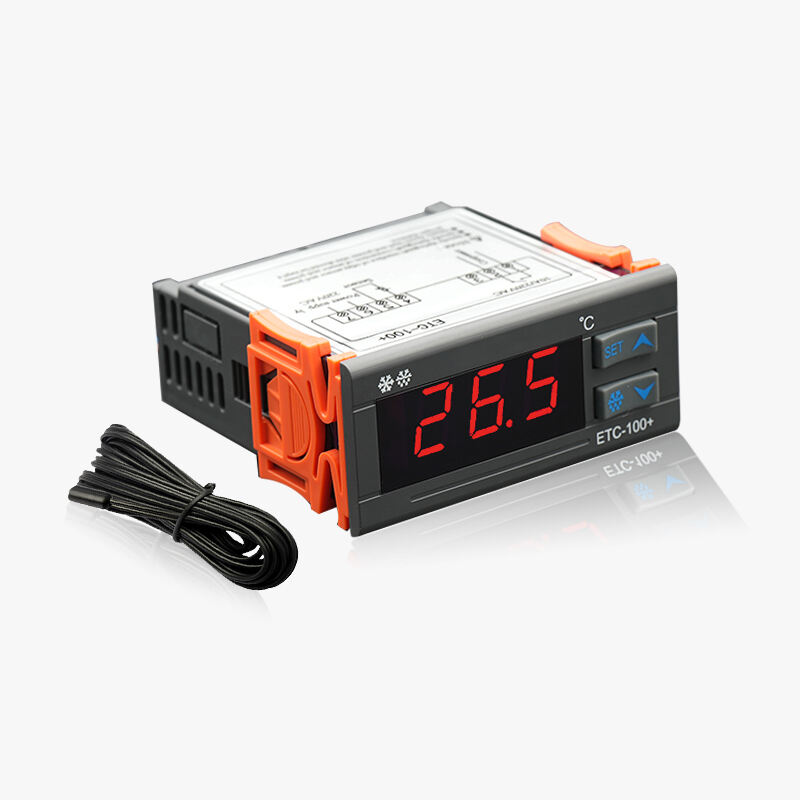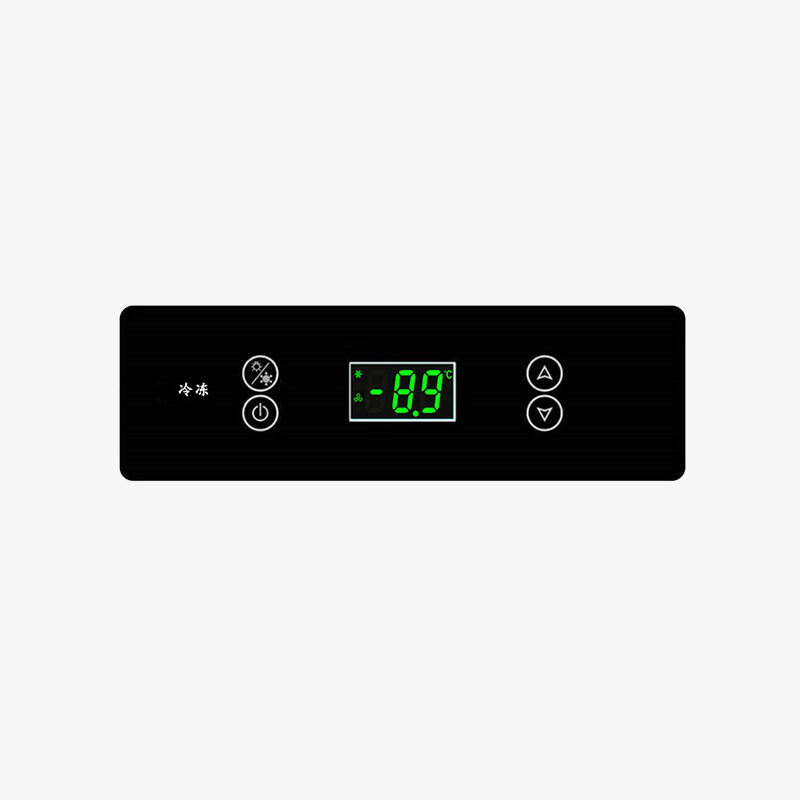Precision Temperature Control and Energy Efficiency
The digital fridge temperature controller excels in maintaining precise temperature control through its advanced microprocessor-based system. This sophisticated technology enables temperature regulation with an accuracy of 0.1°C, ensuring optimal conditions for stored items. The controller employs intelligent algorithms that learn from usage patterns and adjust compressor cycling accordingly, maximizing energy efficiency while maintaining stable temperatures. This precision control system monitors temperature fluctuations in real-time and makes immediate adjustments to prevent any deviation from the set parameters. The energy-saving features include smart defrost cycles that activate only when necessary, reducing power consumption and preventing unnecessary temperature fluctuations. The system also includes adaptive control mechanisms that automatically adjust performance based on environmental conditions and usage patterns, ensuring optimal efficiency in various operating conditions.








